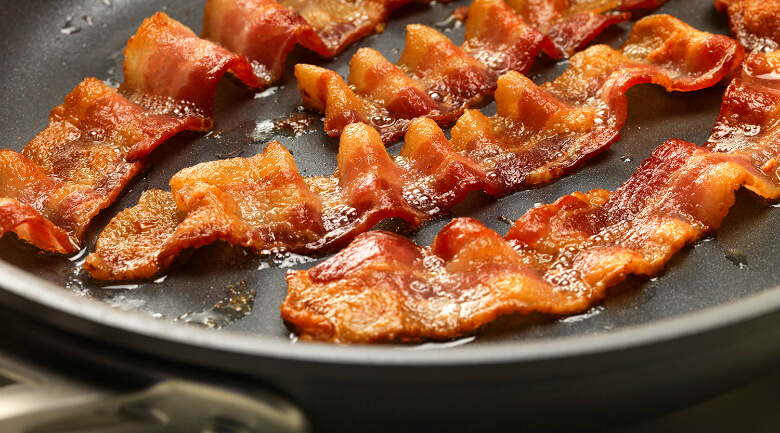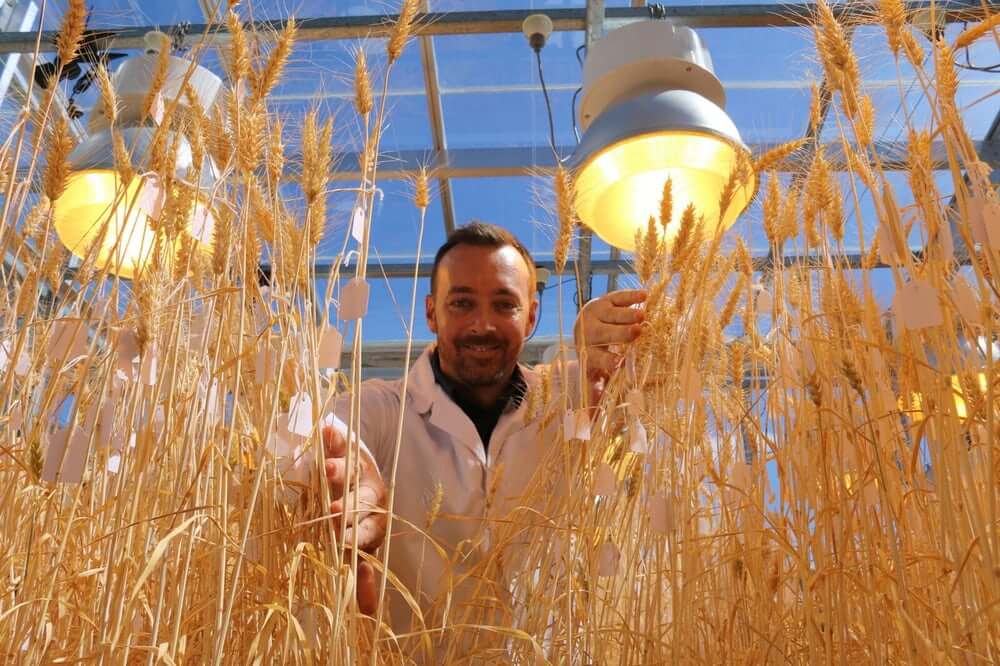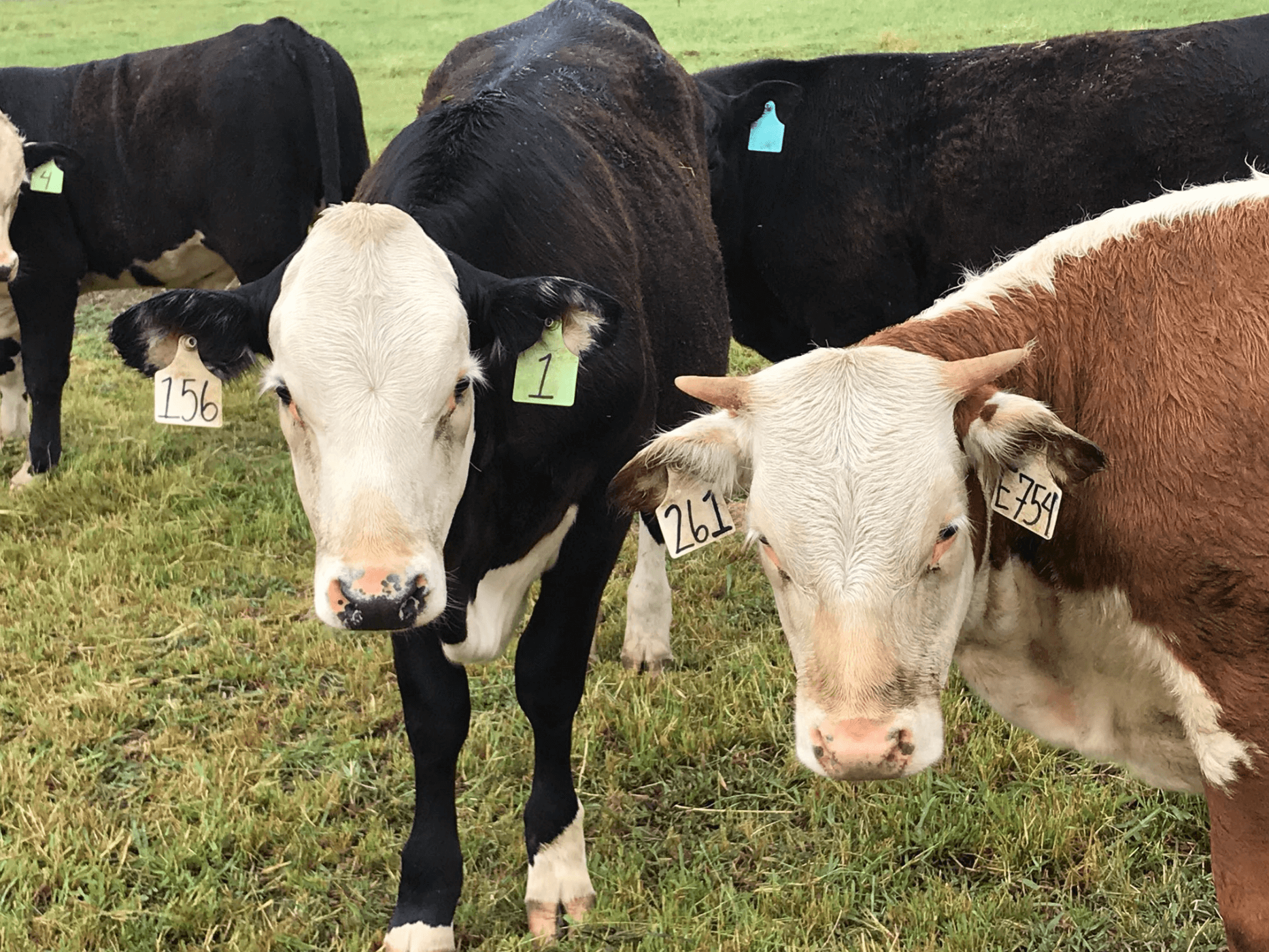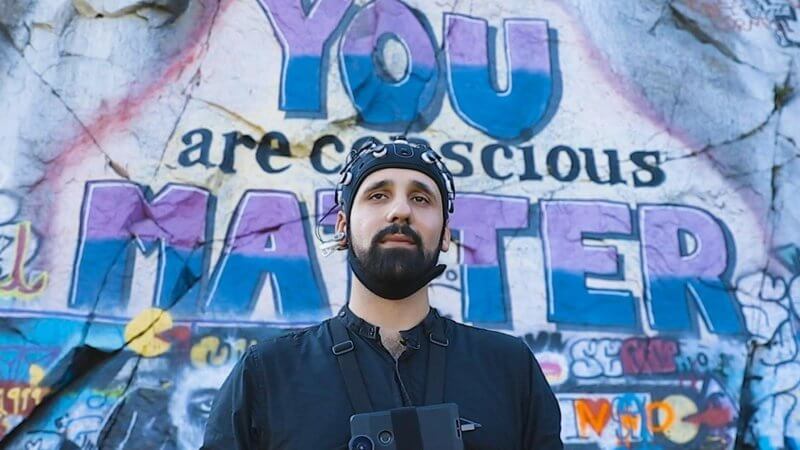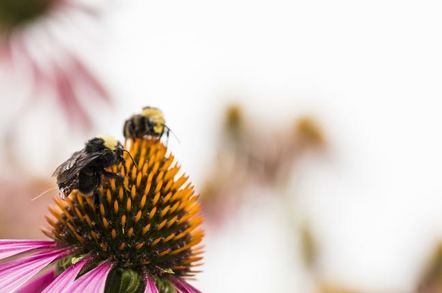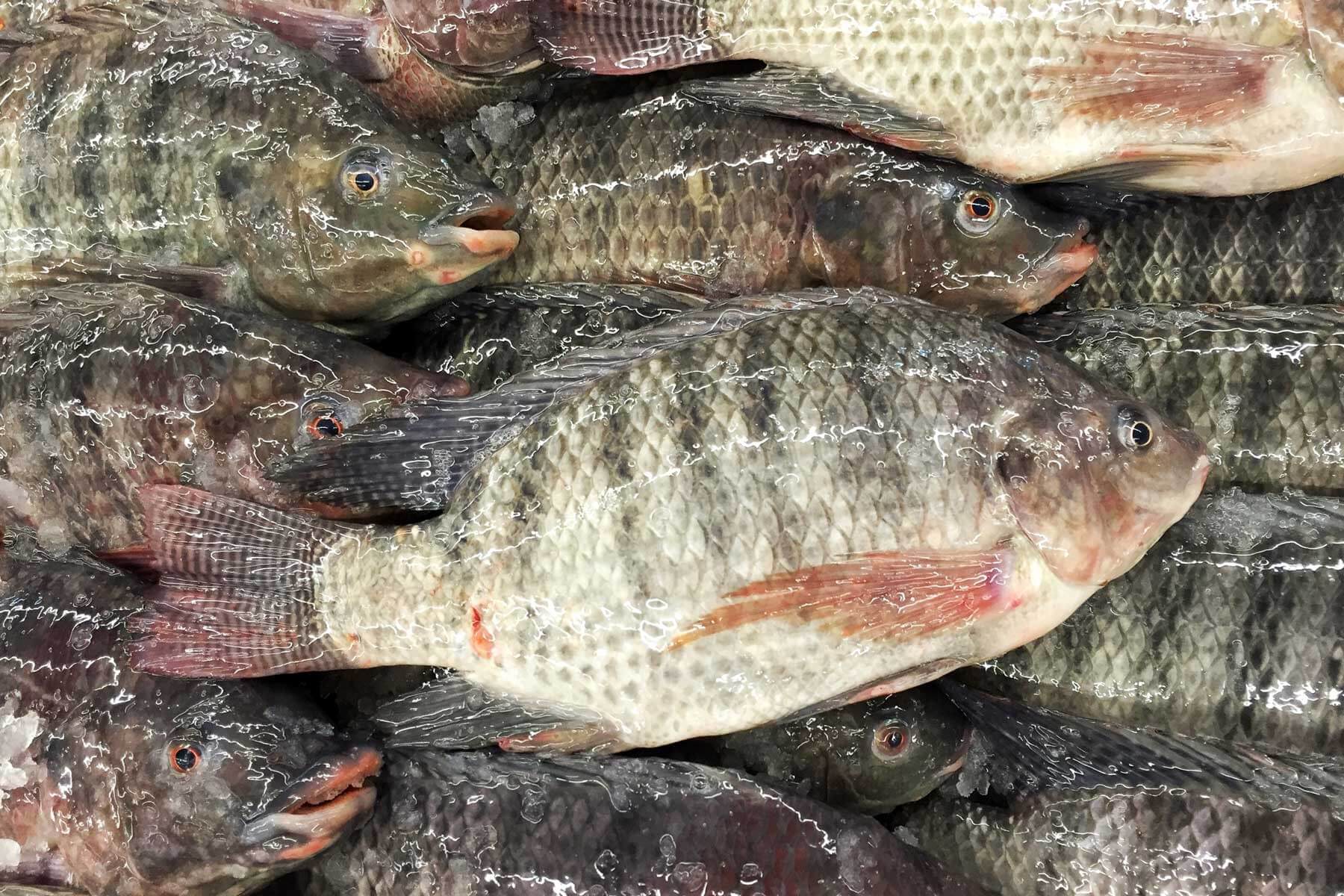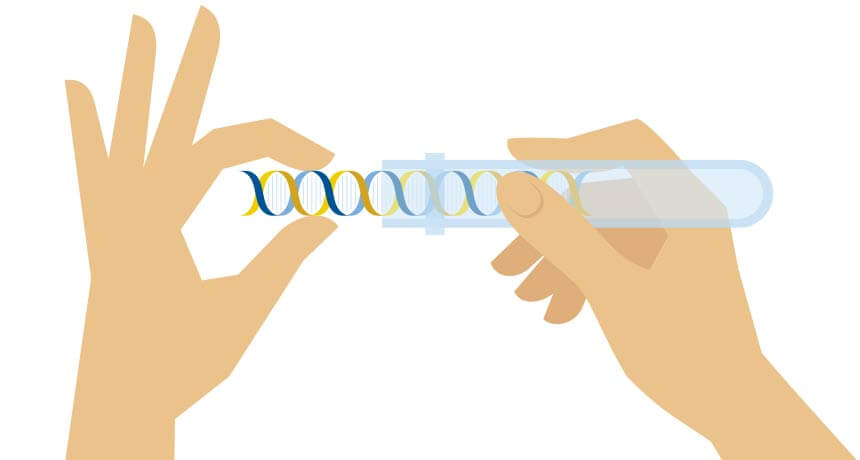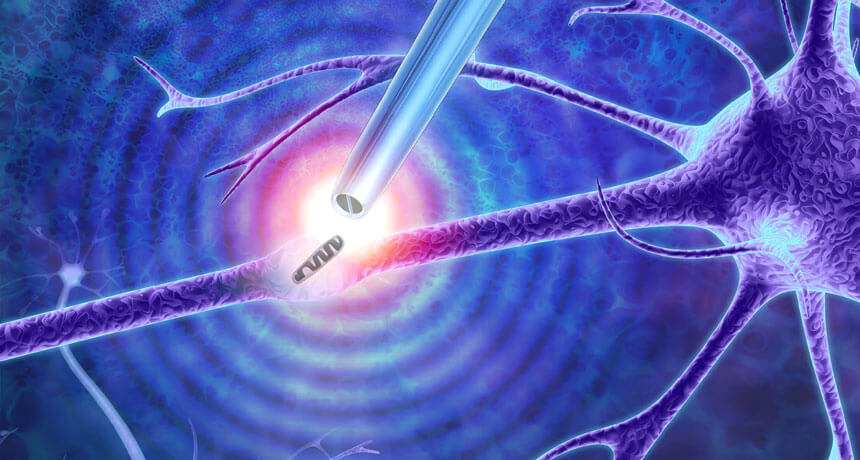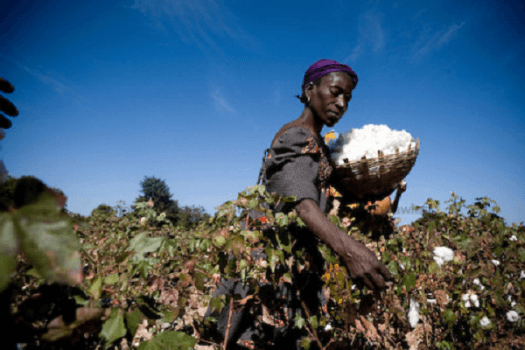How do you handle the data of a scientist who violates all the norms of his field?
…
On the one hand, you might want to learn from such a person’s work; to have a full and open dissection of everything that went wrong. Because, spoiler, there was a lot that went wrong in the case in question. But rewarding such “abhorrent” behavior, as one scientist put it, with a publication—the currency of the scientific world—would send a message that ethical rules only exist to be broken.
This is the precarious situation in which we find ourselves today, as scientists hash out the next chapter of the human gene-editing scandal that erupted two weeks ago, when the Chinese scientist He Jiankui revealed that for the last two years he has been working in secret to produce the world’s first Crispr-edited babies.
…
Scientists are beginning to grapple with the very real possibility that He’s work may never be awarded publication status, along with its attendant sheen of legitimacy. And that may be the academic justice he deserves. But it also highlights an intractable tension embedded in scientific publishing: policing bad actors comes at the cost of scientific censorship.
…
Never before has the academic publishing world had to contend in real time with research that nearly everyone agrees was profoundly wrong.
Read full, original post: How do you publish the work of a scientific villain?






